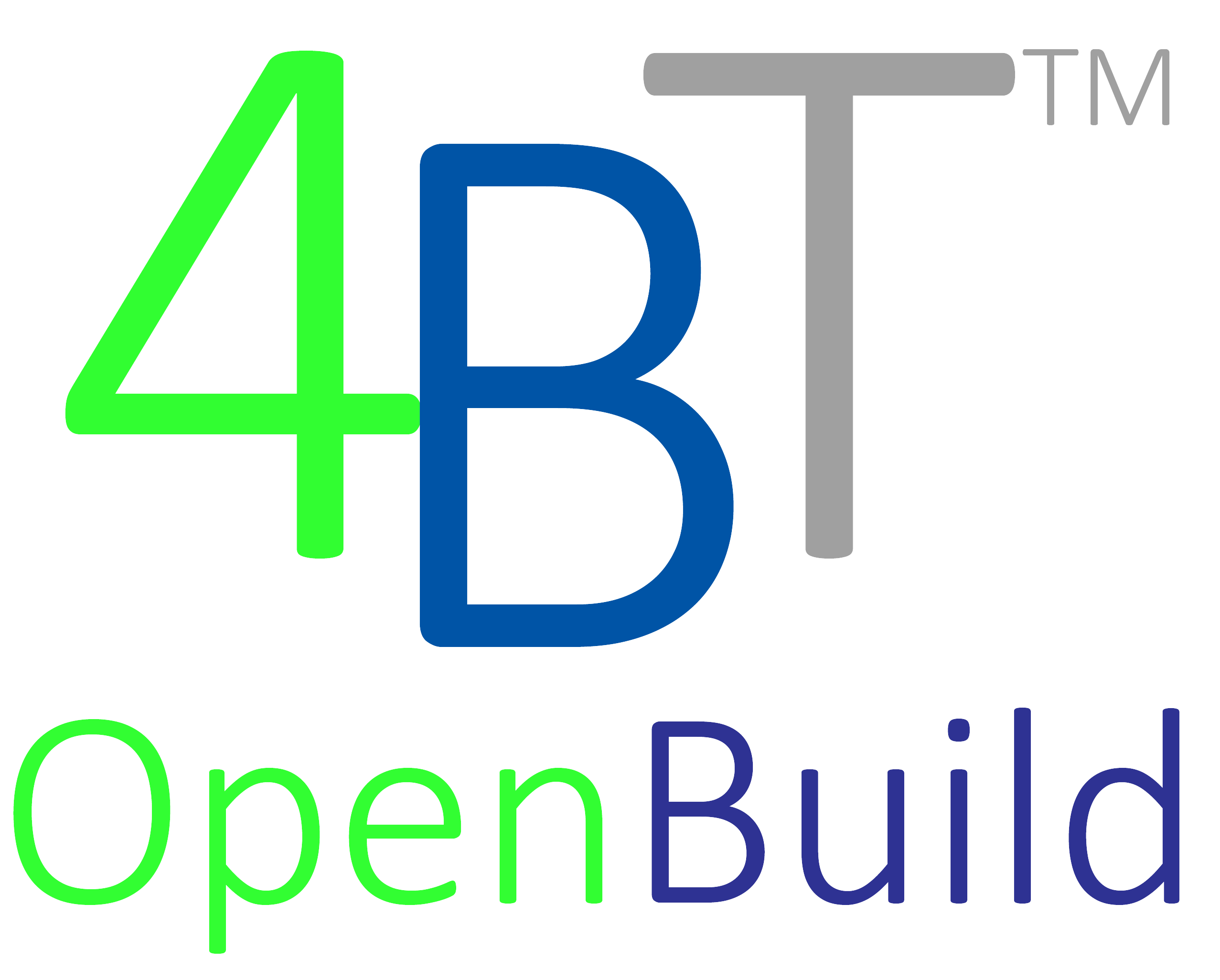The Guide to Construction Cost Optimization provides a road map for applying best management practices to drive financial visibility and transparency.
Introduction
Objective, verifiable, and locally researched detailed line-item unit price construction data provides the highest level of cost visibility and cost management capability.
Since other levels or types of cost estimating can’t meet this level, care should be given as to what form of cost data is being use.
Other, less stringent forms of cost estimating include the following: national average line-item cost data (with or without adjustment or localization factors), system or assembly level cost data, building level and/or other forms of parametric cost data, as well as historical cost data and economic factoring.

Labor
Based upon contract requirements, local labor costs may be sourced from published Davis Bacon Wage Rates, or published state data sources, or directly researched local prevailing wage rates with appropriate inclusion markups for worker compensation, unemployment, liability insurance and allowance for small tools and consumables. In the public sector, federal government contracts may require Davis Bacon Wage Rates or prevailing wage rates, or both, with the usage of the higher of the two. Markups include worker compensation and unemployment insurance costs per state in which work is performed. Liability insurance based upon local contractor rates is also added as a percentage. Finally, a percentage of labor is added for small tools and consumables based upon the labor category. The base rate usually does not include overhead and profit, however, can be added later to ensure data integrity.
In addition, highly specialized subcontract items may require travel and per-diem expenses for mechanics.
The labor-hours expressed in quality construction cost databases reflect average installation time, using an efficiency level that is consistent with the particular trade.
Material Costs
Material costs are local for commodities such as concrete, asphalt and aggregate. Other material costs are based upon either local costs, national or regional costs. Many items that are researched do not vary nationally due to the national pricing by many vendors and manufacturers. Some costs are regional and are priced for large areas of the country such as western, central and eastern states. If regional or national prices are used, these should be checked against local pricing to assure that the local costs do not significantly vary. Material costs are either local, regional or national depending upon the location. Sales tax is generally not added unless requested to ensure data integrity. Material prices must consider whether local areas are remote or congested inner-city regions which can cause significant variance.
Equipment Costs
Equipment costs are either local rates or a national rate for each piece of equipment used in crews performing the task based upon daily usage. Overhead and profit markups are not included in the pricing, but can be added electronically to the database as needed.
General Conditions
General overhead and profit can be added by percentage if desired. In addition, some general provision items can be added to the estimate such as construction trailers, cleanup and temporary power.
Quality / Quantity
The prices for materials and the workmanship are based upon normal construction standards. Many material prices can also be adjusted for quantity as an adjustment factor in the database. The are generally provided in the form of line item modifiers. Modifiers are add or deduct cost from the parent line item.
via Four BT, LLC, the AEC industry’s innovative integrated project delivery, detailed locally researched construction cost data, and SAAS technology solutions provider. Integrating powerful, proven project planning, procurement, and execution methods to help guide organizations to achieve accelerated improvement of their facilities repair, renovation, and construction outcomes. We focus upon supporting a collaborative culture and client-specific programs centered upon delivering customer value, driven by, proven LEAN processes, actionable data, enabling cloud technology, ongoing training, and continuous improvement.
